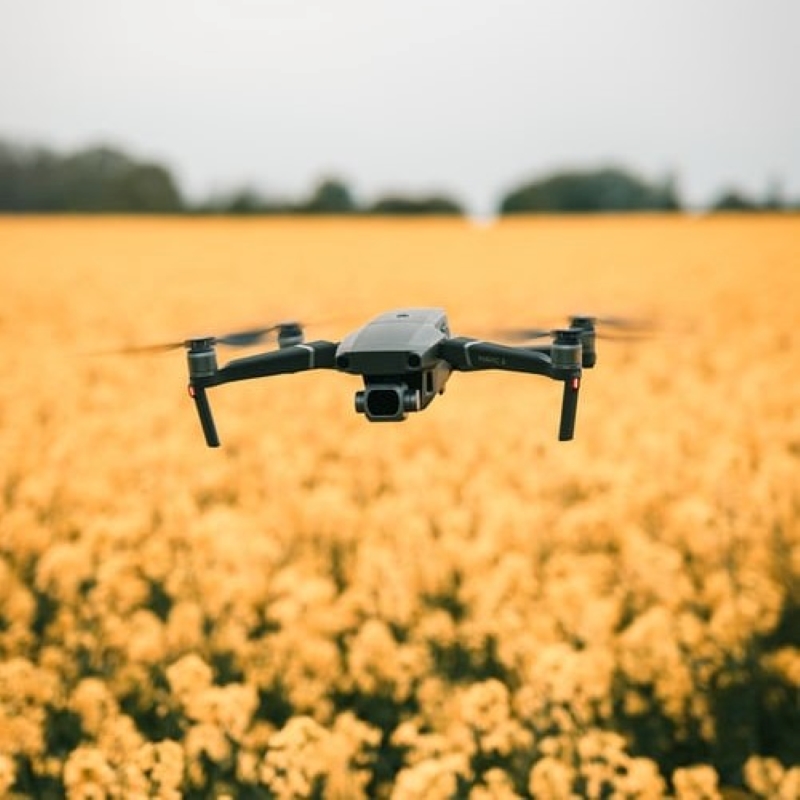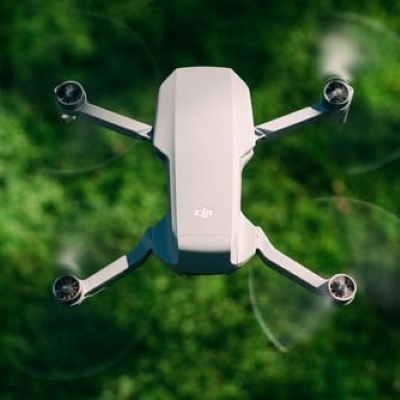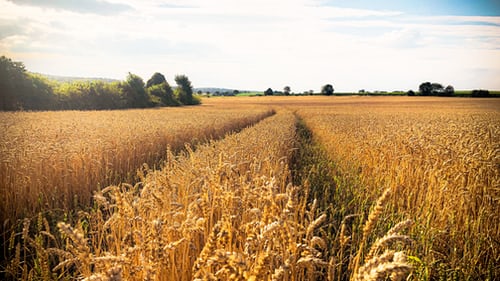AI poses a real threat to food security, Cambridge University research…
페이지 정보
본문

The use of artificial intelligence (AI) in agriculture poses substantial risks to food security, warns a risk analysis from the University of Cambridge’s Centre for the Study of Existential Risk (CSER).
“The idea of intelligent machines running farms is not science fiction. Large companies are already pioneering the next generation of autonomous ag-bots and decision support systems that will replace humans in the field,” says Dr. Asaf Tzachor, University of Cambridge, CSER.
“But so far, no-one seems to have asked the question ‘Are there any risks associated with a rapid deployment of agricultural AI?’” he adds.
The researchers warn that the risks of AI to farming and food security are “poorly understood and under-appreciated” and raise the alarm about cyber attackers potentially disrupting farms by poisoning datasets, shutting down sprayers, autonomous drones and robotic harvesters.

Capacity to destabilize cities
Despite the considerable promise of AI for improving crop management and agricultural productivity, potential risks must be addressed responsibly, the Cambridge researchers urge.
New technologies need to be tested adequately in experimental settings to ensure safe and secure against accidental failures, unintended consequences, and cyber-attacks.
“AI is being hailed as the way to revolutionize agriculture. As we deploy this technology on a large scale, we should closely consider potential risks and aim to mitigate those early on in the technology design,” says Dr. Seán Ó héigeartaigh, executive director of CSER.
The researchers sketch a hypothetical scenario in which hackers access the AI system that controls drip-irrigation, tractors, combine harvesters and weather responsive tech on an acres-long field of wheat intended to supply bread to cities. A staple crop feeding millions of people is rendered useless in one fell swoop.
The analysis “Responsible artificial intelligence in agriculture requires systemic understanding of risks and externalities” has been published in Nature Machine Intelligence. The authors provide a catalog of risks to be considered in the responsible development of AI for agriculture and ways to address them.
To guard against hacking, the authors suggest that ‘white hat hackers’ help companies uncover any security failings during the development phase so that systems are safeguarded against real hackers.
Mitigating accidental AI failure
In a scenario associated with accidental failure, the authors suggest that an AI system programmed to deliver the best crop yield in the short term might ignore the environmental consequences of achieving this, leading to overuse of fertilizers and soil erosion for a long time.
Over-application of pesticides in pursuit of high yields could poison ecosystems; over-application of nitrogen fertilizer would pollute the soil and surrounding waterways. The authors suggest involving applied ecologists in the technology design process to avoid these scenarios.
Autonomous machines could improve the working conditions of farmers, relieving them of manual labor. However, without inclusive technology design, socioeconomic inequalities currently entrenched in global agriculture – including gender, class, and ethnic discrimination – will remain.
“Expert AI farming systems that don’t consider the complexities of labor inputs will ignore, and potentially sustain, the exploitation of disadvantaged communities,” warns Tzachor.

Dangers of targeting drones
Ag-bots, drones and sensors are already used to gather information on crops and support farmers’ decision-making. This includes detecting diseases or insufficient irrigation. Self-driving combine harvesters can bring in a crop without the need for a human operator.
While these automated systems aim to make farming more efficient, save labor costs, optimize for production and minimize waste, it also relies on AI. It leads to increased revenues for farmers as a result.
Another blind spot in the use of AI is that small-scale growers, who cultivate most farms worldwide, are likely to be excluded from AI-related benefits. Poor internet penetration rates might prevent smallholders from using advanced technologies, widening the gaps between commercial and subsistence farmers.
Wageningen University and Research (WUR) researchers are also investigating the impact of AI on the agri-food space, following US$2.5 million in funding from the Nederlandse Organisatie voor Wetenschappelijk Onderzoek (NWO).
(origin)Food Ingredients First
- 이전글Intensely roasted cocoa beans lead to less bitterness and enhances no-sugar flavor, flags study 22.03.04
- 다음글“Precarious time” as inflation and supply chain issues push consumers to make tough decisions. 22.02.21
댓글목록
등록된 댓글이 없습니다.


